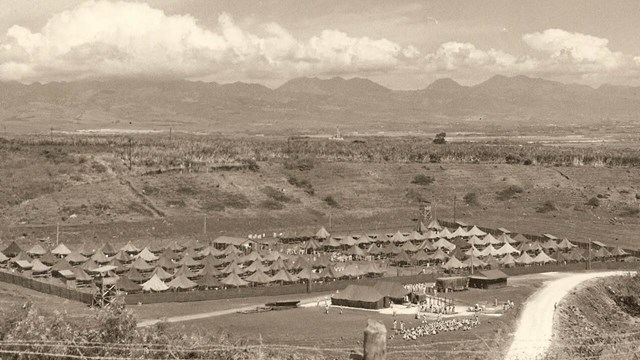|
Thank you for your interest in Honouliuli National Historic Site. Honouliuli National Historic Site is not open to the public as the land surrounding the park boundaries are privately owned and there is therefore no public road access into the park. The park is working with our adjacent landowners to provide limited access to the public for educational purposes. To learn about these opportunities visit Get Involved as it will be updated when opportunities arise. Another Way to Visit Honouliuli National Historic SiteWhile the park itself is currently unavailable for public access, there are other ways to experience Honouliuli through not only our partners, but places directly associated with incarcerated civilians at Honouliuli.

NPS photo 
NPS photo 
NPS photo 
NPS photo Several incarcerated civilians at Honouliuli were employees of many institutions we find in Hawaii today. You will find many that are part of our daily lives and can be visited if open to the public. For example:
The following Buddhist temples and Shinto shrines that still exist today had their leaders incarcerated at Honouliuli:
To read more about the history of Honouliuli and learn about what the park service is doing to celebrate its 10th anniversary, please click the links below: 
Celebrate the 10th Anniversary with NPS
2025 marks the 10th Anniversary of when Honouliuli became a National Park. Celebrate with us all year through community events. 
A Historical Overview of Honouliuli
Get a broad scope of the history behind the story of Hawaii's largest and longest-run incarceration site. |
Last updated: April 21, 2025

